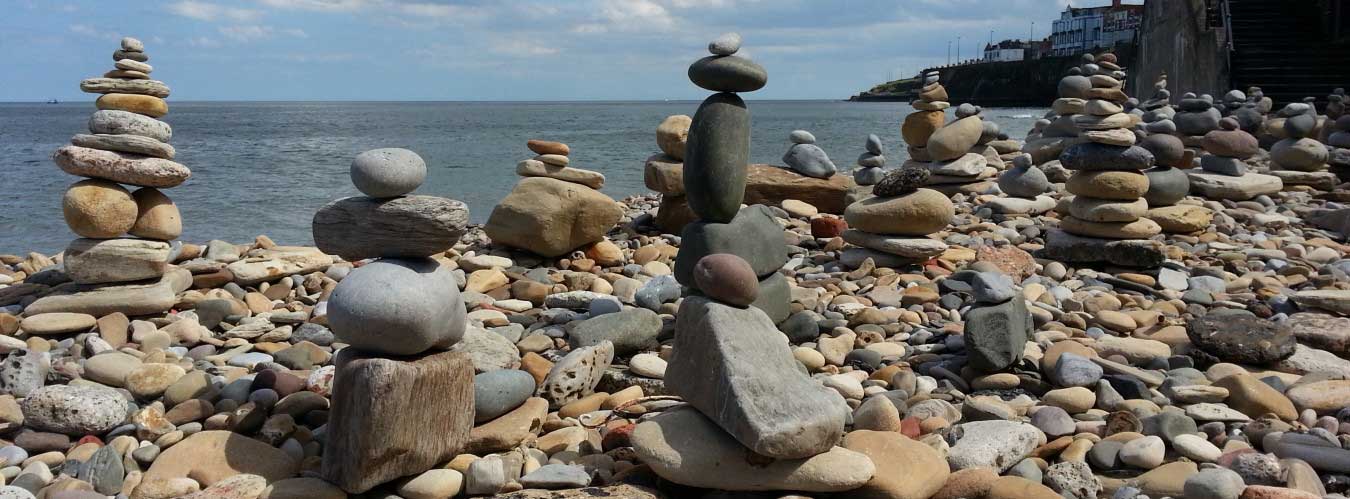Why tumble sea glass?
the frosting of natural sea glass reflects light from it’s surface and generally makes all colours look whiter. When sea glass has been tumbled the white frosting is reduced and colours appear to deepen, also more light enters the glass and reflects around inside – this has the effect of making tumbled sea glass look like it is lit from within. Tumbling also produces a smoother more tactile feel to the glass and can turn a mediocre or slightly less than perfect natural piece of sea glass into something beautiful.
Start right
If you wish to achieve good results you must be selective when tumbling your collected sea glass.
Tumbling thin sea glass does not produce good results as the glass gets even thinner during the tumbling process. The tumbling process can smooth out chipped pieces but jagged pieces of sea glass will not improve significantly.
Generally the sea glass we tumble is already well rounded before it goes into the tumblers so we are really just using it to smooth out small chips and produce a smooth and even finish.
Filling tumbler barrels
It is mistakenly believed that it is the sliding, scratching action of the grit with the tumbled items that removes material when in fact the greatest material removal is actually as a result of impacts between those items and the abrasive grit
- don’t overfill the tumbler barrel as this restricts the tumbling action about half to two thirds full is usually best
- don’t under-fill the barrel as the sea glass needs some weight behind it to tumble effectively
- if you don’t have sufficient sea glass to make up a batch then add some flint pebbles to make up the load. Flint is hard and dense and can help speed up the tumbling process by adding weight to the impacts
Abrasive Grit
We use our in-house ‘Roughing grit’* for tumbling sea glass as you really need something coarse to knock the corners off. Our grit is tough and can be re-used in subsequent batches.
We also supply our tried-and-tested sea glass tumbling grit via our Imogen’s Beach webstore – link here
Checking progress
- change the water in the barrel every week to stop the glass sludge slowing things down
- when checking the sea glass empty the contents into a coarse sieve and rinse with water catching the grit and sludge in a bowl below. you can then return the grit to the barrel after pouring off the sludge.
- don’t pour the sludge down the drain or sink – it sets like cement and will eventually cause a blockage. It is best to let the sludge settle in a bucket for a day or two then pour off the liquid and dispose of the set sludge in the bin.
- remove any sea glass pieces that look ready, leaving them in longer just makes them smaller.
How long does it take?
It can take from a couple of days to several weeks to tumble sea glass it is very much dependant on the quality and roundness of the sea glass you start with.
Can’t I just tumble bottle glass?
Sure but modern bottles are extremely thin compared to vintage sea glass and you are starting with something that is jagged and not rounded – The finished product would not look good and it would certainly not be cost effective considering the expenditure on abrasives, electricity and time.
You often see eBay sellers trying to pass off their fake tumbled glass as the genuine article – it is a far inferior product to genuine sea glass and only fools the extremely naïve – always makes me grin when I see someone 50 miles from the coast selling sea glass 😉
Can I tumble sea glass to remove chips and still keep the natural frosted look?
I am afraid not, tumbling (regardless of the grit used) always results in a satin finish and removes the natural sea worn frosting.
Apologies for this rather rambling piece, I will tidy it up when I get some spare time.

